Stepping into the Lake District feels like walking into a painting. The landscape constantly changes with each passing cloud. I’ve spent countless weekends exploring its rugged fells and peaceful valleys. I always find new perspectives that take my breath away. The combination of mountains, lakes, and ever-changing light creates a landscape that never fails to inspire.
The Lake District offers some of the most stunning hiking experiences in all of England. Trails are suitable for every level of adventurer. From the challenging summit of Scafell Pike to the gentle slopes of Catbells, each path reveals its own unique panorama. During my hikes, I’ve spotted red squirrels darting between trees and majestic birds of prey soaring overhead. These wildlife encounters add to the visual feast.
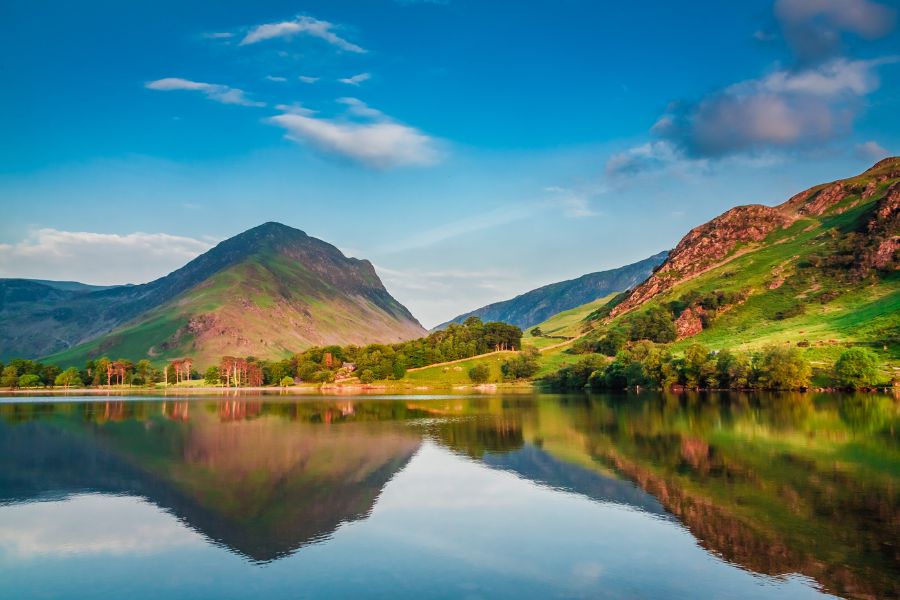
My boots have traced paths along Crinkle Crags, scaled the Old Man of Coniston, and wandered the shores of Grasmere. Each journey provided not just amazing views but moments of quiet connection with nature. These moments stay with me long after returning home. Whether you’re an experienced hiker or simply enjoy beautiful scenery, the Lake District’s ancient landscapes offer something truly special that changes with every season.
Preparing for Your Lake District Adventure
A successful hiking trip in the Lake District requires thoughtful preparation and the right equipment. The region’s changeable weather and varied terrain demand respect and planning to ensure a safe, enjoyable experience.
Essential Hiking Gear
I’ve learned through experience that proper footwear is non-negotiable for Lake District hikes. A good pair of waterproof hiking boots with ankle support will save you from potential injuries on rocky paths.
My packing list always includes:
- Layered clothing: The weather can change rapidly, so I bring moisture-wicking base layers, insulating mid-layers, and a waterproof outer shell
- Backpack (30-40L): Large enough for extra layers, food, and safety equipment
- Navigation tools: OS Explorer maps (OL4, OL5, OL6 cover most popular areas) and a compass
- Water bottle (at least 1L) and snacks
- First aid kit: Including blister plasters, which have saved many of my walks!
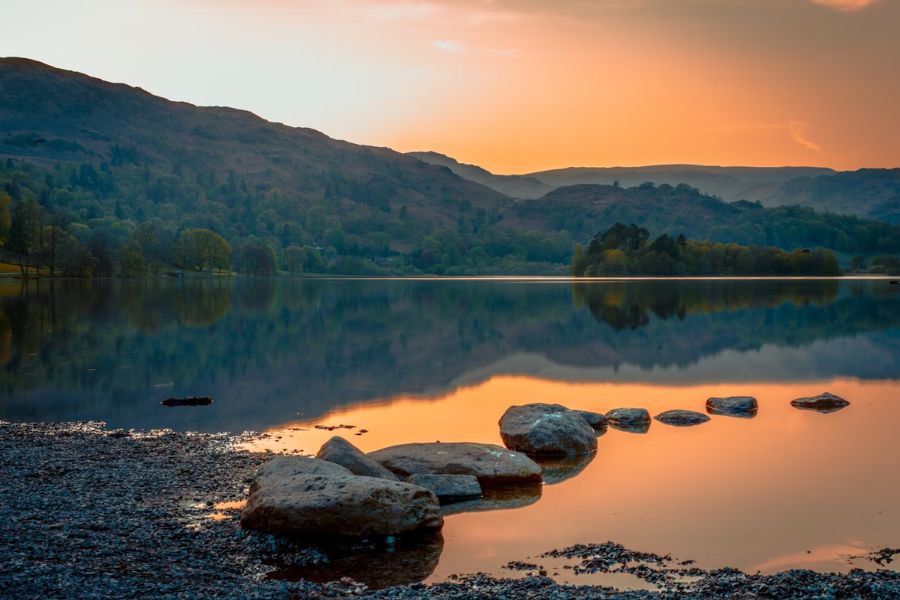
Trekking poles have been invaluable for me on steeper descents, especially around Helvellyn and Scafell Pike.
Navigating the Terrain
The Lake District offers varied paths from well-marked tourist routes to remote mountain tracks. I always research my routes before setting out using guidebooks like Wainwright’s Pictorial Guides, which have become my trusted companions.
Path difficulty varies dramatically. The terrain around Grasmere and Ambleside offers gentler options, while scrambling routes like Striding Edge require more experience. I’ve found the AllTrails app helpful for planning, but always carry physical maps as backup.
When I’m exploring new areas, I look for:
- Clear path descriptions
- Elevation profiles
- Estimated hiking times
- Potential escape routes
The national park has excellent signposting on popular routes, but more remote paths require confident navigation skills. I practice map reading regularly to stay sharp for those misty fell-top moments.
Weather and Safety Tips
I’ve experienced four seasons in one day in the Lakes, which taught me to always check the Mountain Weather Information Service (MWIS) before heading out. Morning forecasts are essential, not just weekly predictions.
Safety precautions I never skip:
- Tell someone my planned route and expected return time
- Carry extra food and emergency shelter (even a foil blanket helps)
- Pack a fully charged phone and portable battery
- Download the OS Maps app with offline maps
For challenging hikes like Scafell Pike, I avoid setting out past noon, especially in shorter winter days. Many accidents happen when hikers rush descents in fading light.
I’ve learned to trust my instincts. Turning back isn’t failure when conditions worsen. The mountains will always be there for another day, and some of my most memorable Lake District experiences came from adapting plans to the weather’s whims.
Iconic Hikes and Summits
The Lake District offers some incredible mountain challenges that reward hikers with breathtaking panoramic views. These iconic routes combine physical challenge with some of England’s most stunning scenery.
Climbing Scafell Pike
Standing at 978 meters, Scafell Pike is England’s highest mountain and a must-do for any serious hiker visiting the Lake District. I prefer approaching via the Corridor Route from Wasdale Head, which offers more interesting terrain than the more direct paths.
The route winds through dramatic boulder fields and provides spectacular views across to Great Gable. During my last climb in summer, the visibility was perfect. I could see as far as Scotland and Wales from the summit.
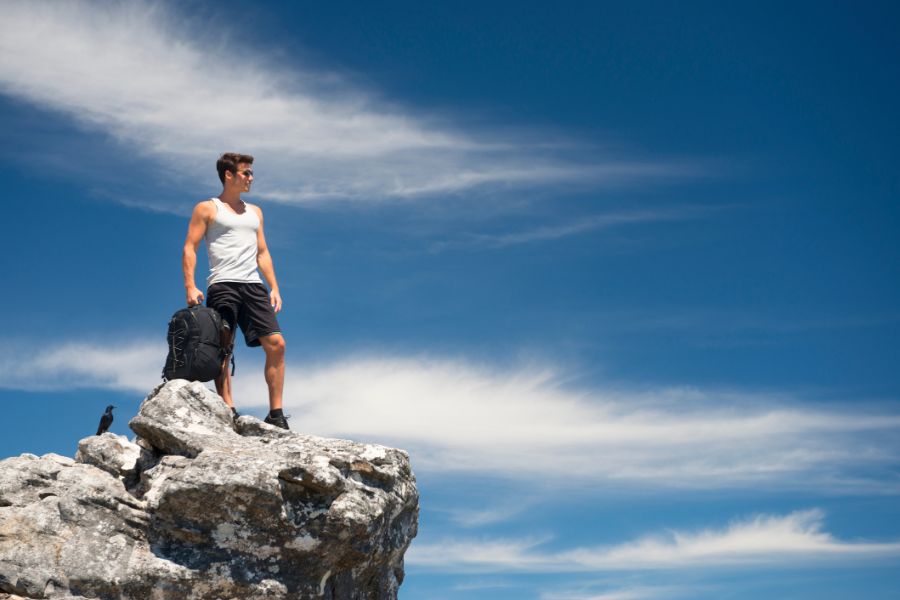
Be prepared for quickly changing weather conditions. I’ve experienced sunshine, rain, and mist all within an hour on Scafell Pike! The rocky terrain demands proper hiking boots and navigation skills, especially if cloud descends.
Helvellyn via Striding Edge
Helvellyn offers one of the most thrilling mountain experiences in the Lake District. The approach via Striding Edge is not just a hike but an exhilarating ridge scramble with steep drops on either side.
I recommend starting from Glenridding, ascending gradually to Red Tarn before tackling the famous ridge. The narrow path requires careful footing and occasional use of hands. It’s not for those with a fear of heights!
The summit rewards your effort with 360-degree views of surrounding fells and lakes. On clear days, I’ve counted at least 12 bodies of water from the top. The descent via Swirral Edge creates a fantastic circular route that showcases different aspects of this magnificent mountain.
Coniston Old Man
The Old Man of Coniston offers a more accessible but equally rewarding summit experience. This 803-meter fell provides incredible views over Coniston Water and the southern Lake District.
I took the path from Coniston village, passing historic copper mines that add fascinating industrial heritage to the natural beauty. The well-marked trail makes it suitable for less experienced hill walkers, though it’s still a proper mountain with challenging sections.
The summit plateau features a distinctive cairn where hikers traditionally stop for photos. On my last visit, I continued north along the ridge to Swirl How for an extended adventure. The descent via Goat’s Water creates a perfect circular route with constantly changing views.
Picturesque Lakes and Tarns
The Lake District’s stunning bodies of water create a landscape painter’s dream with their reflective surfaces and dramatic mountain backdrops. Each lake and tarn has its own distinct character and beauty waiting to be discovered.
Serenity at Buttermere and Loweswater
Buttermere quickly became my favorite spot in the Lake District during my springtime visit. The circular walk around this lake offers one of the most accessible yet rewarding hikes in the region. I loved how the path hugs the shoreline, allowing me to enjoy peaceful views across the water to the surrounding fells.
The path is well-maintained and relatively flat, making it perfect for hikers of all abilities. Along the route, I spotted several red squirrels darting through the woodlands that fringe parts of the shore.
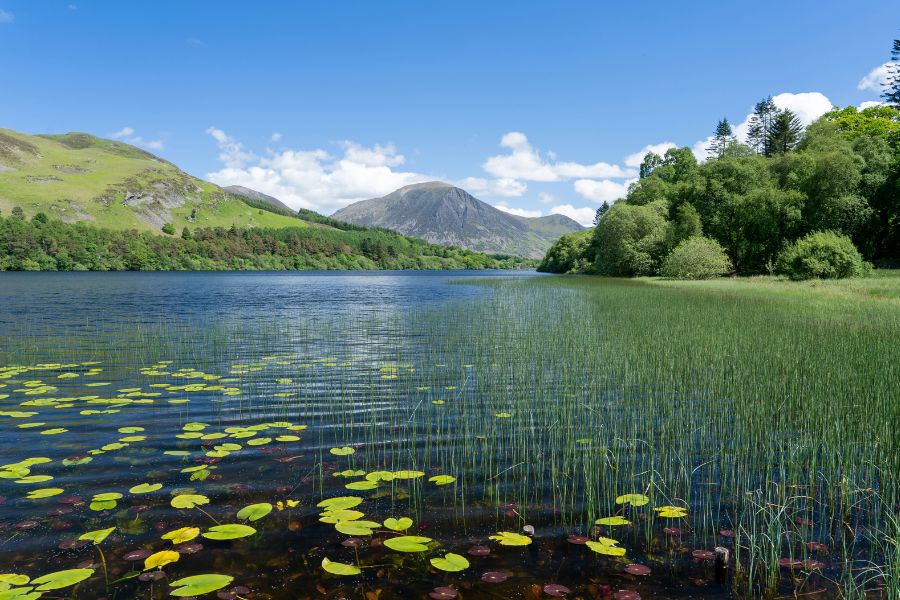
Loweswater offers a similar tranquil experience but with far fewer visitors. On my early morning walk here, I had the place almost entirely to myself. The still water created perfect mirror reflections of the surrounding hills.
Boating on Windermere and Derwentwater
Windermere, the largest lake in England, offers a completely different experience from the quieter lakes. I spent a delightful afternoon on a traditional wooden launch boat touring its vast waters. The bustling shoreline features charming villages like Bowness where you can rent rowboats or join guided cruises.
The lake stretches for over 10 miles, creating plenty of space for water activities despite its popularity. From the water, I enjoyed unique perspectives of the surrounding landscape that you simply can’t get from hiking trails.
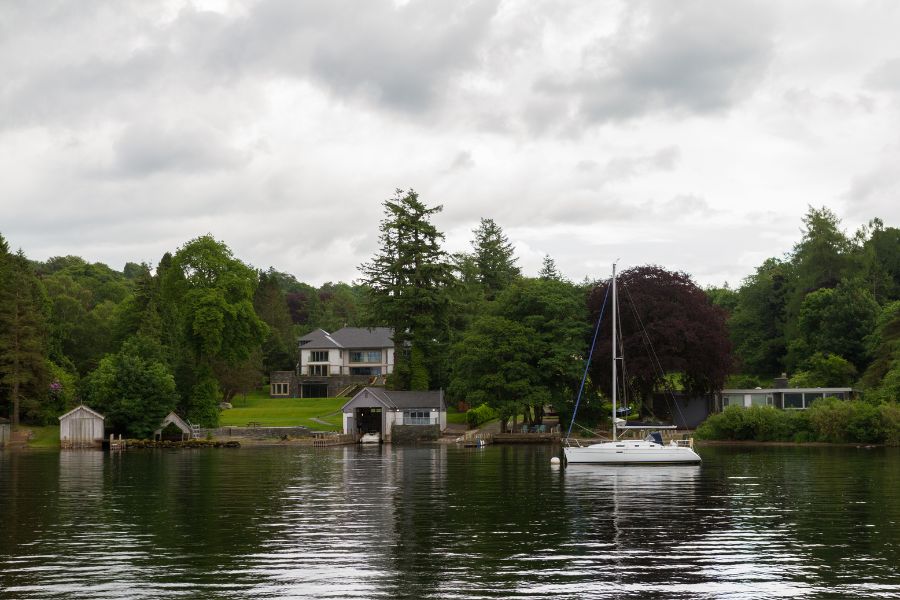
Derwentwater near Keswick provides a more laid-back boating experience. I rented a small rowboat and explored its four small islands at my own pace. The wildlife around the shoreline is abundant – I spotted herons fishing and even a family of otters playing near one of the jetties.
Accessible Trails and Family-Friendly Routes
The Lake District offers incredible outdoor experiences for visitors of all mobility levels and ages. Throughout my explorations, I’ve discovered numerous paths where everyone can enjoy the region’s natural beauty without tackling challenging terrain.
Miles Without Stiles Routes
I was delighted to find the “Miles Without Stiles” initiative, which includes 50 specially designed accessible walking routes across the Lake District. These paths accommodate wheelchairs, pushchairs, and people with limited mobility. The routes are thoughtfully graded into three levels – suitable for ‘all,’ ‘many,’ or those with specific mobility needs.
During my visit last summer, I explored several of these routes near Ambleside. The lake shore paths were particularly scenic, offering stunning views without steep climbs or difficult terrain.
One standout trail took me along a flat, well-maintained path with spectacular views of the fells. Benches positioned at scenic points made it easy to rest and soak in the landscapes.
Discovering Beatrix Potter’s Legacy
The family-friendly trails around Beatrix Potter’s former home create perfect outings for visitors with children. I spent a wonderful morning following gentle paths through the landscapes that inspired her beloved stories.
Near Brockhole visitor center, I found several short, easy walks suitable for families with young children. These routes feature information boards about local wildlife that captivate curious young minds.
The Eskdale Trail stands out as an exceptional family adventure. I caught the La’al Ratty railway from Ravenglass to Dalegarth and followed the well-marked path back. This created a perfect day out with minimal walking exertion.
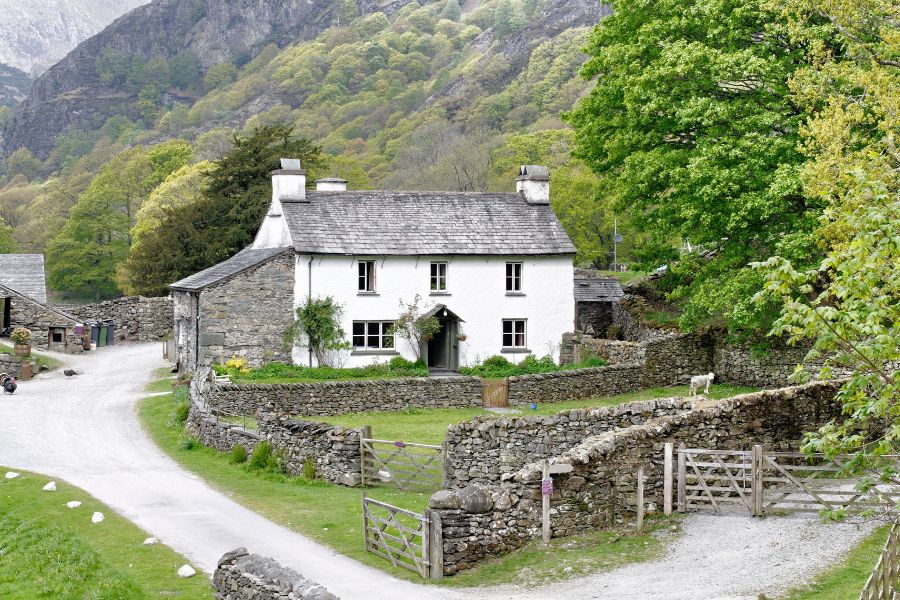
For a rainy day alternative, the Lakes Aquarium offers an accessible indoor experience that complements the outdoor adventures while still connecting visitors to the region’s natural heritage.
Relaxing After the Hike: Local Hospitality
After spending long days exploring the trails of the Lake District, I’ve discovered that relaxing and refueling are essential parts of the experience. The region offers wonderful places to rest tired legs and enjoy traditional hospitality.
Charming Pubs and Inns
The Lake District’s pubs are perfect sanctuaries after a challenging hike. In Keswick, I often stop at The Dog & Gun, where their famous Hungarian goulash works wonders for recovery. The cozy fireplaces and local ales create the perfect atmosphere to share stories with fellow hikers.
Grasmere offers the Tweedies Bar with its impressive selection of craft beers and hearty pub food. After climbing Dodd, nothing beats sinking into a comfortable chair at the nearby Pheasant Inn with views of Bassenthwaite Lake.

What makes these places special isn’t just the food and drink but the warm welcome. Locals are happy to suggest trails for your next day’s adventure or share tales about the area’s history.
Staying in Lake District Hotels
The region’s accommodation ranges from luxurious hotels to charming B&Bs.
In Windermere, I’ve enjoyed stays at The Samling. The lakeside location provides a peaceful retreat after active days on the fells.
For something more intimate, Grasmere’s Forest Side Hotel combines comfortable rooms with outstanding dining. Their locally-sourced menu showcases Lake District’s culinary delights, perfect for refueling after hikes.
Budget-conscious travelers will find excellent options like YHA hostels in strategic locations near popular trails. Many provide drying rooms for wet gear – a thoughtful touch in this sometimes rainy region!
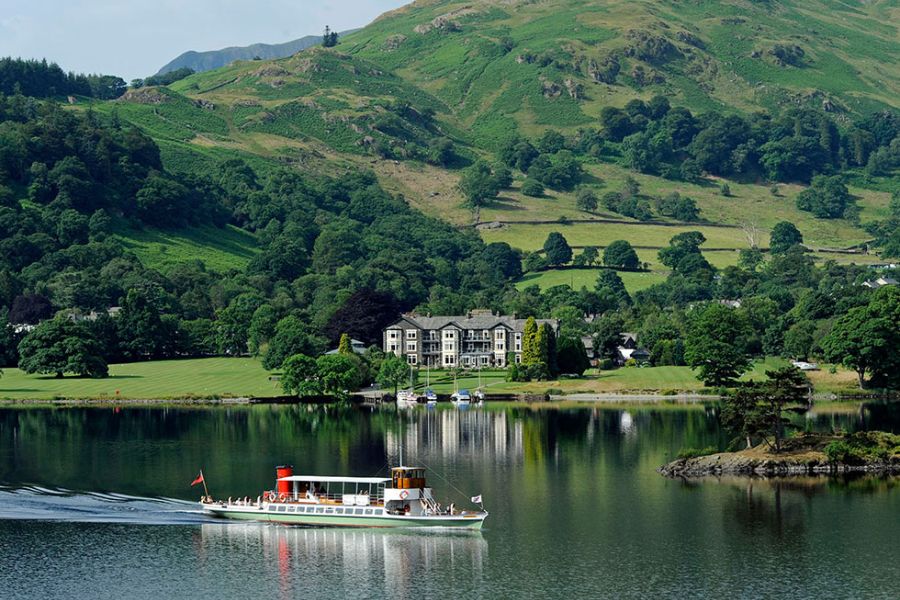
Most hotels offer packed lunch services for the next day’s adventure. Hotel staff are incredibly knowledgeable about local walks, often providing tips that guidebooks miss.

